
Cocoon (Review) - Of Gods and Microcosms
Publisher: Annapurna Interactive
Developer: Geometric Interactive
System: Steam
Release: 2023
Genre: Puzzle/Adventure
Cocoon’s story hides in its title. The game has no strict narrative, just an essence…its little protagonist connecting and forming worlds as an ant might scurry from mound to mound. Nothing is spoken nor explained, and no context is given beyond what’s both a microcosmic look inward and a macromorphic look out. Cocoon is a game as inscrutable to the player as the human world must seem to an insect. Confounding. Brilliant. Convoluted. It’s a game of gods and bugs.
Strong words for a piece so simple, so thoroughly plotless. Indeed, much like the game’s numerous puzzles, any semblance of story the game does contain must be inferred, even invented. Here, the player is made the character, the silent participant in a parable of renewal. To and fro the tiny hero goes, a spinning widget in life’s eternal continuum—a balance that transcends realities, no matter how alien.
And Cocoon’s art is alien. Both scary and inspiring. Every instance, every new sight and site, could be hung to haunt within an abstract museum. But only in motion does the work truly captivate, sweeping and unfolding with a grace more fluid than life itself. If players won’t proceed for the story, they’ll progress to behold more of the game’s glorious, unfurling worlds.
Pity, then, the actual play mechanics can’t quite match that aesthetic splendor. The game’s fixation on transporting and stacking and combining planets promises a paradigm-breaking kind of puzzle-solving barely explored elsewhere. But despite that brilliance, the game…already brief…still feels an act too long, its inter-dimensional tricks devolving from clever to convoluted, engaging to enraging. Success depends on players carrying and stacking and combining worlds…again and again. Which means triggering successions of switches and lifts…again and again. Which means scurrying back and forth, up and down…again and again. For all its (fifth-dimensional?) genius, the “gameplay” still amounts to pulling levers and recalling sequences of symbols—challenges not unlike hundreds of more pedestrian puzzlers seen across the decades of gaming.
The real mechanics—the moments when players are given agency beyond just scurrying and taking—come in the form of four memorable bosses. Each of these esoteric beasts is a puzzle unto itself, and each must be felled in a unique way, often requiring the use of special abilities unavailable elsewhere. A more thoughtful game may have introduced these additional mechanics ahead of time, training and preparing players for the later, greater climax. But here, the game stays a puzzler until, suddenly, it’s a frenetic battle for success.
Every generation, a new puzzler arrives to broaden, if not outright rewrite, the genre. Once upon a time, that game was Tetris. Or Lemmings. Or Portal. Or Braid. Cocoon certainly deserves inclusion into that glorious pantheon, but the question remains—are people playing for its puzzles, or are they really playing for the art? Those surreal landscapes? That uncanny melding of machine and mandible, of the cosmic and comically small? The ponderous “plot” that itself reads like a riddle. If these are the real reasons to play, do the puzzles, then, add—or detract—from the greater experience?
Cocoon is a game without the gameplay. One witnessed. One experienced. One analyzed. But one barely played. One barely a game.
More than mystery, it's a defiance of definition.--D
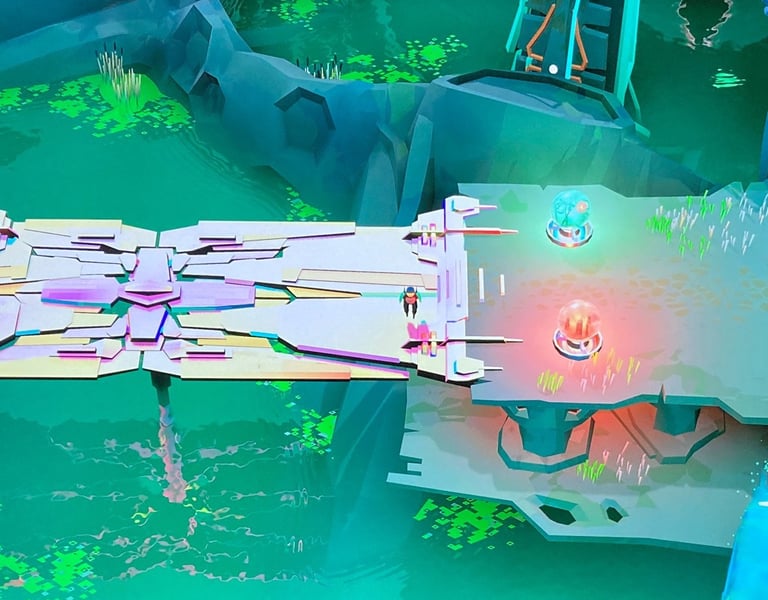


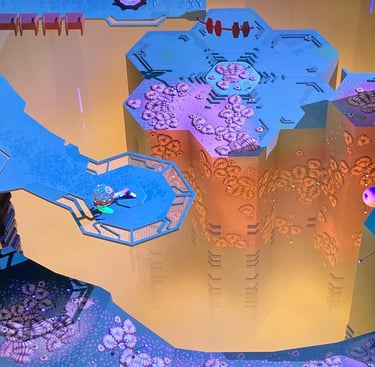
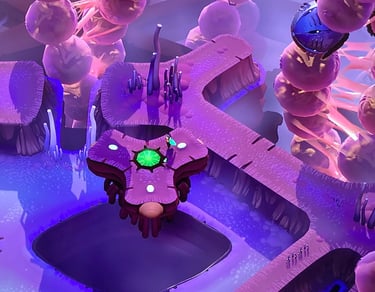

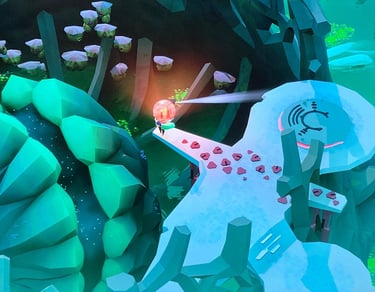

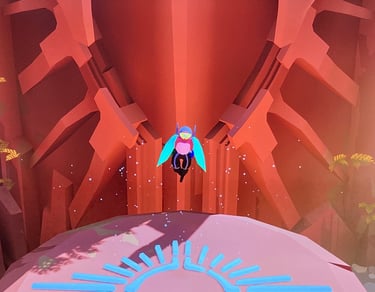

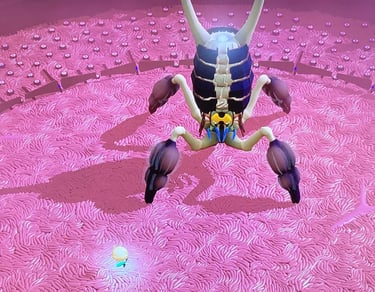


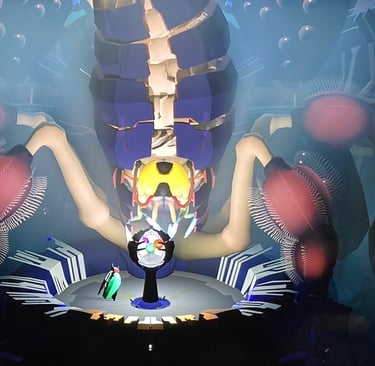

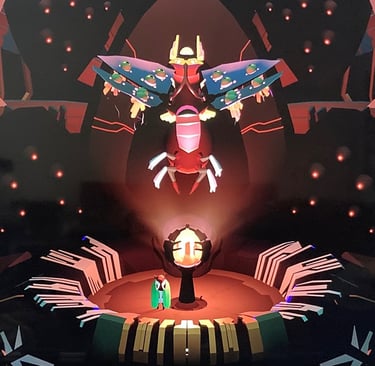




The wonderful art belies the sometimes pedestrian gameplay. The orbs are essentially keys for triggering switches and doors, conceits long seen in numerous other games and genres, from Resident Evil to Zelda to Doom.
The main character is a nameless (but not quite faceless) alien bug.
Bosses offer the game's few moments of action; each encounter forces mechanics on the player unavailable in the greater game.
Rows and rows of similar drones--a timeline of all the sentinels that have been born before?
A planet of other planets, or a cocoon incubating further worlds?
Despite their abstract nature, the guardians carry a kind of silent elegance or dignity. Almost human, maybe divine.
Contact: lostnostalgiaproductions@gmail.com
Website: www.lostnostalgia.com
Like what we're doing? Please consider throwing us a dollar into our Patreon page's tip jar!


